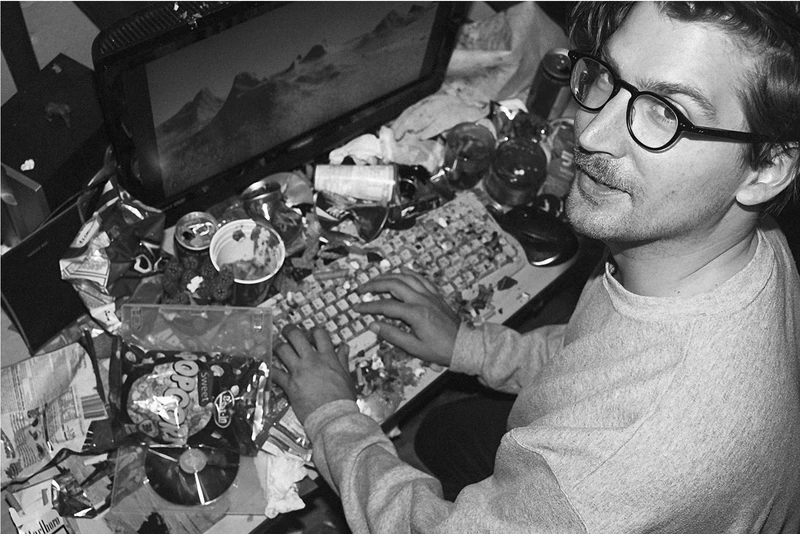Jon Rafman


b. 1981, Canada
b. 1981. Lives and works in Montréal, Canada
2000-04 McGill University, B.A. in Major Philosophy and Literature
2006-08 School of the Art Institute of Chicago, M.F.A. in Film, Video and New Media
Jon Rafman is acclaimed for a multifaceted oeuvre that encompasses video, animation, photography, sculpture and installation. His quasi-anthropological works—often incorporating internet-sourced images and narrative material—investigate digital technologies and the communities they create, focusing on the losses, longings and fantasies that shape our technology-infused lives today. The Montreal-based artist turns an empathic but critical eye on the internet age, investigating experiences of alienation, nostalgia, loneliness and grief.
Rafman’s complex take on internet technologies is implicit even in his earliest work. The Nine Eyes of Google Street View (2007–present), an ever-growing collection of photographic images and frequently updated website, finds him rummaging the panoramic street view feature of Google Maps for unusual images. Like a cyber flâneur he stumbles upon surprising moments of humanity, vulnerability and sometimes beauty; his discoveries include pictures of children playing in run-down neighborhoods, horses and reindeer roaming the streets, poetic landscapes, grumbling prostitutes and police arrests. By showing these automatically captured images in a new light, Rafman reveals the visual grammar and blind spots of Google’s technology.
Many of Rafman’s later videos explore lesser-known facets of the digital world. A case in point is Codes of Honor (2011), a docu-fiction short that combines real film footage with images from the online platform Second Life to tell the story of a video gamer’s life. Another is the film essay trilogy consisting of Still Life (Betamale) (2013), Mainsqueeze (2014) and ERYSICHTON (2015), a visual study of niche internet cultures including cosplayers, hentai pornography enthusiasts or people who pursue obscure sexual fetishes.
Not all of the artist’s works use found images. While the bust-like objects of his series New Age Demanded (2012–present) evoke classical modernist sculptures, they were actually created using digital imaging techniques and technologies including 3D printing or 3D model-based carving. A series of large-scale photographs titled You Are Standing in an Open Field (2015) juxtaposes grimy computer keyboards and trash-heaped desks with pastoral landscape painting backgrounds. Sticky Drama (2015), a short about the loss of digitally stored memories, is Rafman’s first live-action film.
Many of the artist’s most recent works use 3D animation. Examples include his Dream Journal 2016–2019, for which Rafman documents his daily dreams before mixing them with found narratives from mythology, video games and TV series. The animated video essays Legendary Reality (2017), SHADOWBANNED (2018) and Disasters under the Sun (2019) offer a serious look at the current human condition with a visual language reminiscent of science fiction films.
Rafman’s films and videos are often set to hypnotic, experimental-electro music soundtracks by artists including Oneohtrix Point Never or James Ferraro. Although available online, they are most effectively experienced in specially-designed sculptural installations. These emphatically physical installations squeeze viewers into booths, transport them to the bedroom of a typical North American teenager, invite them to lie on polyurethane foam seating or in pools of plastic balls.
All of Jon Rafman’s works explore the vicissitudes of self-formation in the digital age. They ask what it means to live in a time when technologies structure our every waking hour, or when the price of easy fulfillment of our needs is loneliness in front of a computer screen. They explore the ever-present experience of living in a world where nothing is permanent, but nothing is forgotten.